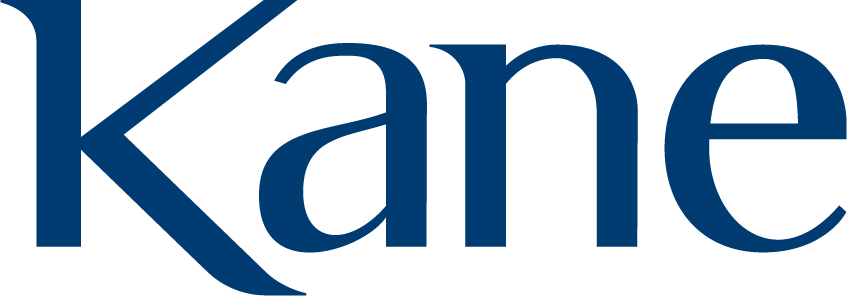Rebranding Brand
How purpose is changing the brand game
Throughout most of my career as a branding professional, I’ve said that nothing needs a rebrand more than the word “brand.” It’s a single term that means many things to different people. It’s often conflated with your logo, how you look and sound, or even the products or services that you offer. As we’re facing the employment crisis of the Great Resignation, organizations are looking at their internal brand as a way to create structures that keep employees engaged and happy in their current positions. No one is exactly wrong, but they're not exactly right either.
So what IS brand?
Your brand is essentially the summary of all the experiences audiences have with your organization. It’s your most valuable, but intangible, asset. So how do you define that? In his 2009 Tedx Talk, Simon Sinek set the modern-day rules for brand by introducing the Golden Circle and imploring businesses to find their why. Most organizations are great at saying what they do - “we make this thing…” - many can say how they do it - “...through innovation and quality” - and some can even identify for whom they make it - “...for markets in your area and others who need this quality thing built through innovation.” Fewer organizations can define why they do it. And as anyone who has read Sinek’s 2011 book Start with Why can tell you, people don’t buy what you do, they buy why you do it. Still, getting to your why feels like muddy waters for a lot of organizations. So where do we go from here?
Enter purpose.
Purpose puts your why firmly into the context of your impact on the world and the values you share with your customers, employees, partners and communities. It invites your entire ecosystem of stakeholders to come together to not only do well but also to do good. Thus removing the ambiguity of how to get to your why, and directing your brand to become purpose-driven.
Building a purpose-driven brand
A purpose-driven brand acknowledges that your organization doesn’t live in a vacuum. The COVID-19 pandemic made us more aware than ever of how connected we are - from supply-chain disruption to the acceptance of remote work culture. Here are some steps you can take to build your brand for the modern world.
1. Define your purpose
Defining your purpose is not just an internal exercise, but it does start there. Ask yourself the tough questions and vet your answers through employees, partners and customers. Find out if who you think you are aligns with how others perceive you.
The next step is to focus on materiality. Dig deep, both internally and externally, to discover what issues matter most to those who are key to your business success. Find the common ground and build your purpose-driven activities around the shared passions of your business community.
2. Focus your efforts
Once you understand your brand perception and the material issues that matter most to your stakeholders, develop strategic plans that allow your purpose to make the biggest impact. Consider tying those plans to the UN’s Sustainable Development Goals. The goals provide a framework for your business strategies that amplify global efforts to create peace and prosperity. Focus those efforts on the goals that align with your brand purpose and that you’re most equipped to address. You’ll share a common language for good, and you’ll have better stories to tell.
3. Hold yourself accountable
All good businesses have a set of metrics, or key performance indicators (KPIs), that tell them if they’re hitting their growth goals. Expand those KPIs to include your identified material issues. If your organization means to aid in reducing inequalities, you may consider writing policies around ensuring diversity in your workforce. If climate action is a core focus, set goals around fossil fuel reduction and report out on your progress. Holding yourself accountable and maintaining transparency builds trust with your audiences while moving the needle on progress.
Summary
Your brand is how you show up at every touchpoint with every audience. Your logo is your brand. How you look and sound is your brand. Your internal brand is a key component of your brand. Most importantly, your brand is the impact you make by how you choose to do business. When all of these components of your brand are driven by your purpose, your organization sets itself up to earn trust. For good.
If you’re interested in learning more about how your organization can earn trust for good, schedule a consultation. We would love to learn more about why you do what you do!
